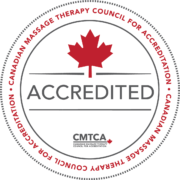This morning when I sat down at my desk, coffee in hand, the first thing that I did was open up Facebook. It’s the first thing I do every morning.
This isn’t a confession that I’m slacking off on the job—quite the opposite, in fact!
As Communications Coordinator, it’s my job to promote the School, share what’s happening on campus, and answer questions from clients and prospective (and current) students. And one of the ways I do this is by using social media.
Hence the morning Facebook-and-coffee ritual each morning. I log in to Facebook and navigate to the MH Vicars School business page (resisting the temptation to check my own notifications…usually!) and see how the online community has been interacting with the School.
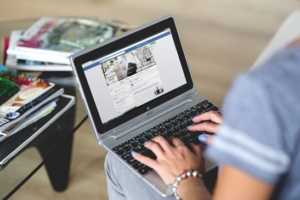
I check the messaging inbox—recent messages have included questions about class schedules, job postings, and continuing education – and reply to comments. I also go behind the scenes to check out the analytic data on recent posts—information that’s available on business pages but not personal profiles. This allows me to learn about what our Facebook community likes, so I can create even more relevant and enjoyable content for them in the future.
I check back in with Facebook—and our Instagram account—once or twice during the day. I’ll write new posts and either publish them immediately or schedule them for later. I try to post at least once a day for the school, being careful not to spam peoples’ timelines or neglect my other responsibilities.
Relatively speaking, it’s a small part of my job. But it’s an incredibly important one. These days, it’s vital for businesses to have a social media presence. And though massage therapy is an offline profession, it’s no exception.
As an RMT, you are your own business, and your own brand. It doesn’t matter whether you’re an employee of another clinic, or run your own practice, or even if you’re a student just starting to build a network of potential clients. No matter your practice, your customers are online. They expect you to have a responsive web presence, and social media is one of the fastest, cheapest, and most effective ways to meet that need.
Your daily social media doesn’t need to look like mine, but if you want to grow your client base, manage your personal brand, and communicate with your clients, you should really be on social media.
Platforms like Facebook and Instagram offer a wide range of tools specifically for businesses. They allow you to separate your personal and professional identities online, communicate with your clients, and build your ideal audience. But these tools can be complex, they aren’t always intuitive, and they’re regularly being updated. I’ve been using Facebook for business for years, and every few months I make a point to check out what new features are available.
If you don’t already have a Facebook business page, now’s the time. But you don’t have to learn how to do it alone. To learn how to set up your page, or make sure that you’re using it to the best potential, I recommend you attend the one-day social media marketing course we’re holding at the end of the month:
Building Your Massage Business
(Level I): Using Social Media to Build Your Brand
When: November 25, 2017
Where: Edmonton Campus
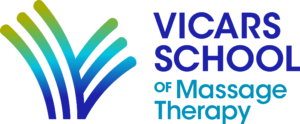
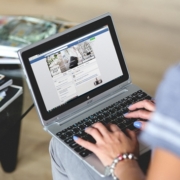

 How do you stay on top of the latest massage news? If the answer is that you chat with your clients and fellow RMTs, then congratulations: you’re networking already!
How do you stay on top of the latest massage news? If the answer is that you chat with your clients and fellow RMTs, then congratulations: you’re networking already!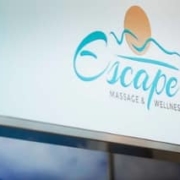
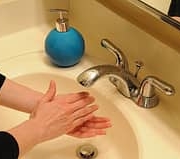
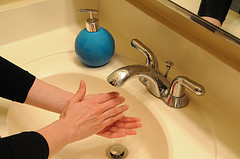
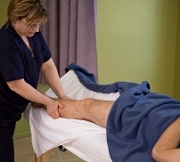
 Massage therapy is a satisfying and rewarding career that can be a perfect fit for energetic, caring people. As an RMT, you’ll enjoy all the benefits of being front-line health care professional – working closely with clients to improve and maintain their wellness – without the long hours and shift work. If you’ve received a professional massage before then you’ll have a rough idea of what the hands-on part of an RMT’s job is like. But if you’re considering becoming an RMT, that’s not all you need to know!
Massage therapy is a satisfying and rewarding career that can be a perfect fit for energetic, caring people. As an RMT, you’ll enjoy all the benefits of being front-line health care professional – working closely with clients to improve and maintain their wellness – without the long hours and shift work. If you’ve received a professional massage before then you’ll have a rough idea of what the hands-on part of an RMT’s job is like. But if you’re considering becoming an RMT, that’s not all you need to know!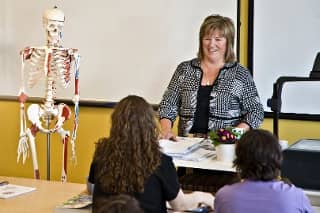 Massage therapy is not a provincially regulated profession in Alberta or Saskatchewan (the regulated provinces are BC, Ontario, Newfoundland, and New Brunswick). This means that there is no official entry-to-practice standard, and what regulation and standardization we do have is up to the professional associations and insurance companies.
Massage therapy is not a provincially regulated profession in Alberta or Saskatchewan (the regulated provinces are BC, Ontario, Newfoundland, and New Brunswick). This means that there is no official entry-to-practice standard, and what regulation and standardization we do have is up to the professional associations and insurance companies.